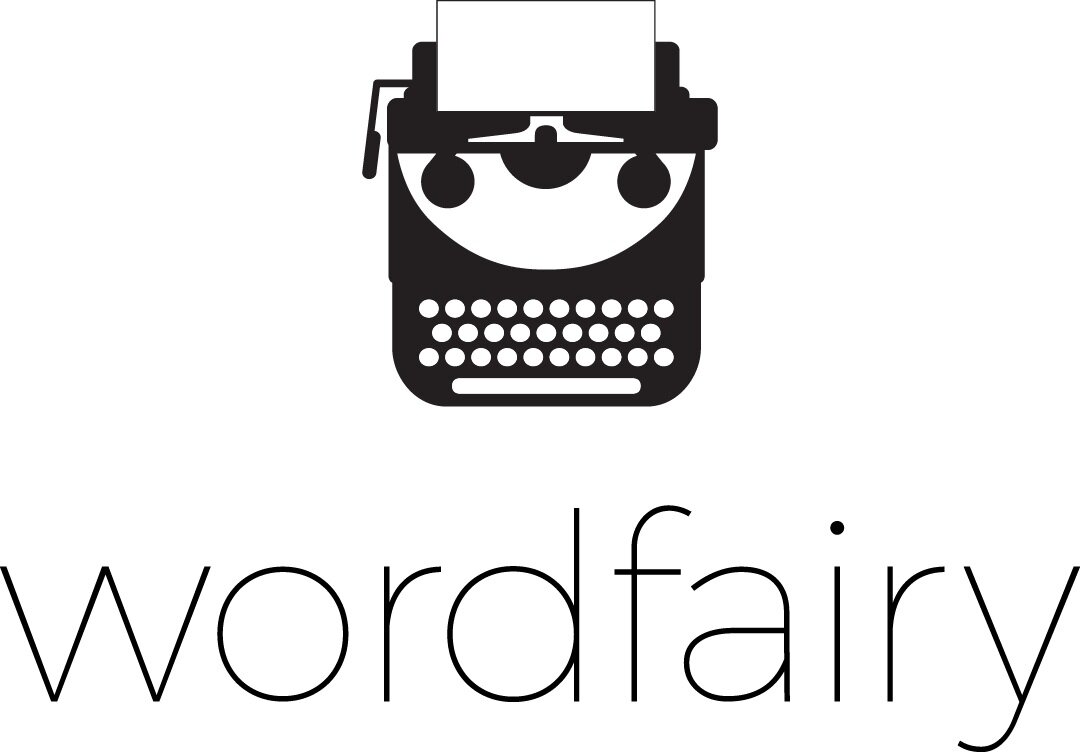How to be intentional with your money...
… by writing out a spending plan
Financial planning tips from Mindset Expert & Accredited Financial Coach, Emma Gosling
Most people I speak with have very little idea about where their money goes each month.
Back in the day, my mum used to draw money out of the bank and she went through each week paying the people and businesses in our life. The bank for the mortgage, the supermarket for the weekly shop, and the swimming club for our swimming lessons. Once the cash was gone, that was it. She pretty much knew down to the last penny what she was spending money on.
Nowadays, we tend to ‘tap and go’. Never has it been so easy to pay for goods and services without ever seeing the money pass through our fingers. Without having to make the effort to go and get physical cash from the bank, it’s more likely that we’ll be less intentional with our money choices.
So intention is where I want to start.
Money is emotional, we spend mainly based on how we feel and most of our spending is on autopilot. When we set intentions with our money choices, it slows down the autopilot and we have more control over it.
What is your intention for your money? Aside from all the fixed costs, bills, subscriptions etc that you need to pay; what’s important for you to have? Financial security? A back-up fund in case life takes an unexpected turn? Or perhaps a spending pot for holidays and fun?
Without a goal, it’s easy to misuse or ignore money and if you don’t engage with money, don’t expect it to engage with you.
Start by sitting down with a pen and notepad (or a laptop if, like me, you prefer the electronic way) and writing down what is important to you. What are your values? What drives you? Is it your family? Is it being with friends? Are you keen to make sure your lifestyle choices impact the world more positively?
Now think about your money goals. What do you want to use your money for? What do you like spending money on?
List your goals
Write down some short-term goals (from now until the next three years). Write down some medium-term goals (three to 10 years), and finally list your long-term goals (10 years to retirement). Be sure to really lean into how these goals make you feel when you think about them, and note down those feelings to remind you.
Now you’ll need to work out how much you think these goals will cost, and how long it will take you to save up for them. So this is where it’s helpful to research the average costs of things and plan a spending review.
Do a spending review
Start by categorising your spending into three columns and see where your money has gone over the last three months. Category one should be for fixed costs such as bills, mortgage, and subscriptions. Category two is for variable spending – the things you need that cost more or less each month such as food, fuel, transport, leisure, toiletries, etc. Category three is for discretionary spending such as takeout coffees, a quick lunch on the way to work, money for fun things.
Then work out what you can remove from or change in each category to free up money for your goals. Are there some old subscriptions that you are no longer using? Can you change your car insurance to a cheaper one? Could you start shopping at a cheaper supermarket, take the bus instead of driving, or make packed lunches to take to work?
The idea of trying to cut back is not to cut out the fun! When you keep your eye on the prize, ie those important goals you want to reach, it’s about aligning every money decision you make with what’s really important to you. It’s important to be mindful of spending cash on things that are misaligned with your values.
Make it easy and seamless
Finally, automate your spending. There are loads of free apps that you can use to do this.
When you know how much you are actually spending per month and what you can cut out, then you can work out how much you can save and start automating your money into different accounts or spaces within apps so that you don’t have to think about it. This will also help ensure you’re not tempted to spend money allocated for goals and savings.
Top tip: save first and spend the rest rather, than the other way around.
Emma Gosling
Mindset Expert & Accredited Financial Coach
www.feelgoodenough.co.uk
If you don’t engage with money, don’t expect it to engage with you.
Emma delivers group corporate wellbeing and mindset workshops to help teams increase performance, have better work-life balance and reduce risk of burnout. Emma works with professionals using mindset and hypnotherapy to help them stop self-sabotage and overcome limiting beliefs so they feel as good on the inside as their success looks from the outside. She offers financial coaching to individuals to help them understand their finances, change their money habits, and make their money work harder for them.


